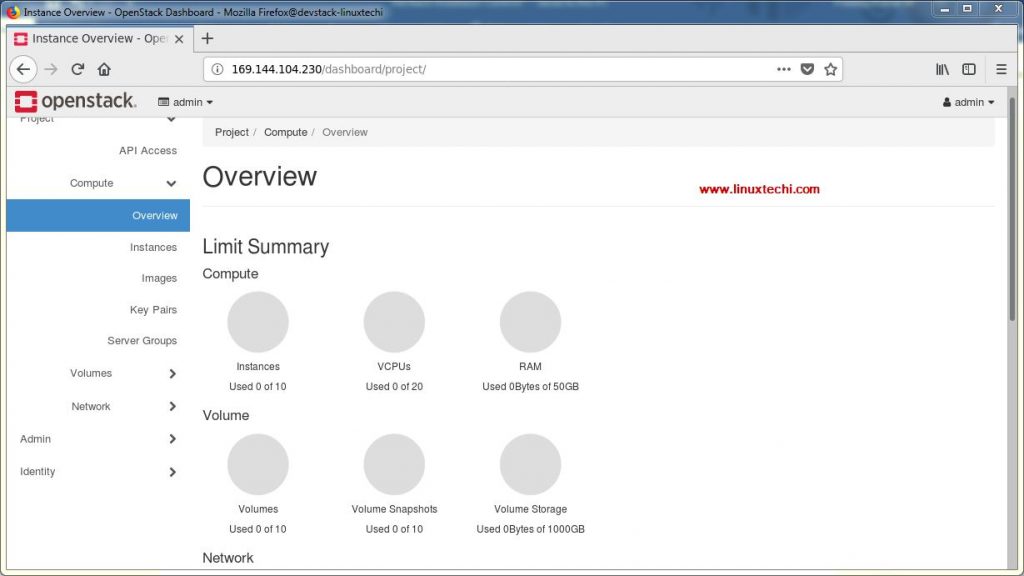

- #List virtualmachine in openstack how to
- #List virtualmachine in openstack install
- #List virtualmachine in openstack driver
You can then tell Multipass to use it (also with Administrator privileges): PS> multipass set local.driver=virtualboxįrom then on, all instances started with multipass launch will use VirtualBox behind the scenes.
#List virtualmachine in openstack driver
Switch the Multipass driver to VirtualBox You may find that you need to run the VirtualBox installer as administrator.
#List virtualmachine in openstack install
To that end, install VirtualBox, if you haven’t yet. However, if you want to (or have to), you can change the hypervisor that Multipass uses to VirtualBox.

Instances created with VirtualBox don’t get transferred, but you can always come back to them.īy default, Multipass on Windows uses the hyperv driver. If you want to switch back to the default driver, run: $ sudo multipass set local.driver=hyperkit $ multipass exec primary ip link | grep DOWNģ: enp0s8: mtu 1500 qdisc noop state DOWN mode DEFAULT group default qlen 1000Īnd configure that new interface - Ubuntu uses netplan for that: $ multipass exec - primary sudo bash -c "cat > /etc/netplan/60-bridge.yaml" /. You can then start the instance again and find the name of the new interface: $ multipass start primary $ sudo VBoxManage modifyvm primary -nic2 bridged -bridgeadapter2 en0 Now, find the network interface you want to bridge with (you want the identifier before the second colon): $ VBoxManage list bridgedifs | grep ^Name:įinally, tell VirtualBox to use it as the “parent” for the second interface (see more info on bridging in VirtualBox documentation on the topic): # Do not touch -nic1 as that's in use by Multipass You can add a second network interface to the instance and expose it on your physical network.įirst, stop the instance: $ multipass stop primary Use VirtualBox to set up network bridging for a Multipass instanceĪn often requested Multipass feature is network bridging. You can then open, say, and the service running inside the instance on port 8080 will be exposed.

To expose a service running inside the instance on your host, you can use VirtualBox’s port forwarding feature, for example: $ sudo VBoxManage controlvm "primary" natpf1 "myservice,tcp,8080,8081" Use VirtualBox to set up port forwarding for a Multipass instance They may not be represented in Multipass commands such as multipass info, though. You can still use the multipass client and the system menu icon, and any changes you make to the configuration of the instances in VirtualBox will be persistent. $ sudo multipass set local.driver=libvirtĪll your existing instances will be migrated and can be used straight away. Then, to switch the Multipass driver to libvirt, run: # you'll need to stop all the instances first To install libvirt, execute: # use the equivalent for your distributionįirst, allow Multipass to use your local libvirt: # connect the libvirt interface/plug However, if you want more control over your VMs after they are launched, you can also use the experimental libvirt driver.
#List virtualmachine in openstack how to
This document demonstrates how to choose, set up, and manage the drivers behind Multipass. Authenticate clients with the Multipass service.


 0 kommentar(er)
0 kommentar(er)
